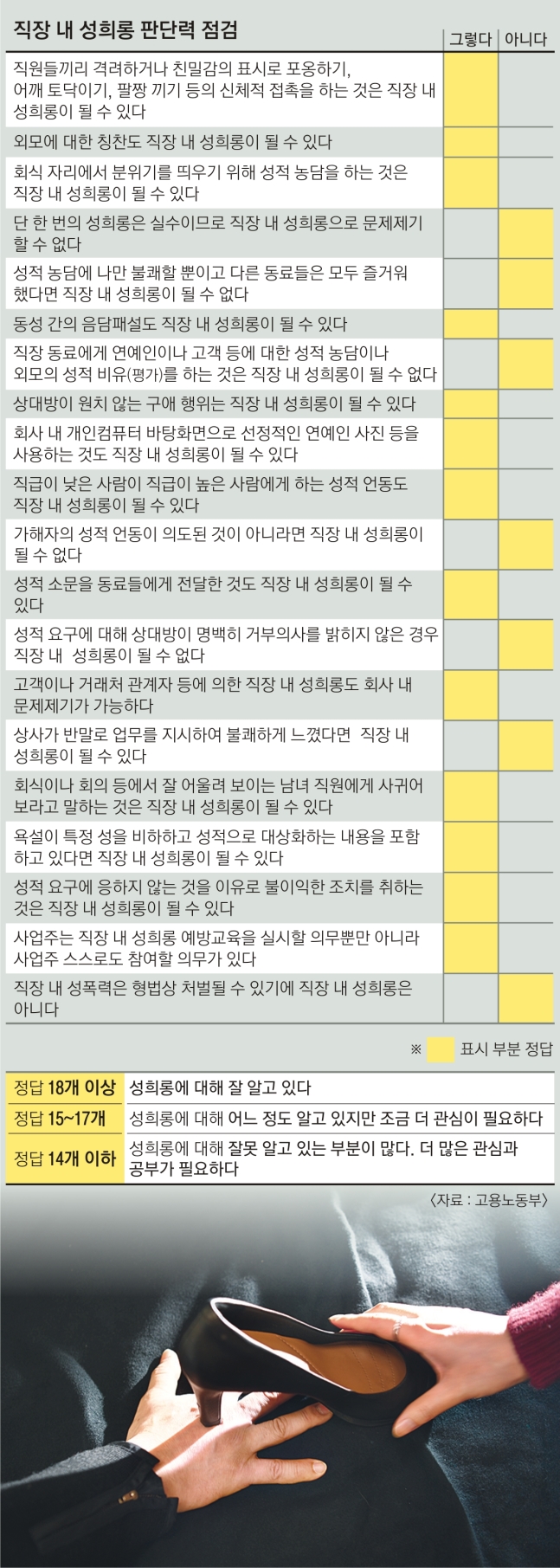Poor without a way out ... Poverty escape rate after the financial crisis '6%'
The decline of the income-class mobility has led to the collapse of the middle class and the polarization of the middle class, which suggests that the government needs active policy intervention.
On December 12, Yoon Sung-joo, a research fellow at the Korea Institute of Public Finance, published a paper titled "A Dynamic Observation on Income Loss and Poverty".
The paper analyzed the financial panel survey conducted by the Korea Institute of Finance in 2007-2015.
The paper equates the current income of each household and divides them into ten quintiles, and calculates the probability that each household moved over another income during 2007-2015.
As a result, 57.9% and 40.5% of the first and second low-income households were in the same quintile when one year passed.
On the other hand, the chances of the high-income families in the 10th and 9th deciles remaining in the same quintile were 68.7% and 45.2%, respectively.
In other words, the high-income group was more likely to maintain the same level over time.
The probability of upward movement of the second and third quintiles was 19.3% and 19%, respectively. However, the probability of moving downward by one step was 22.7% and 19.1%, respectively.